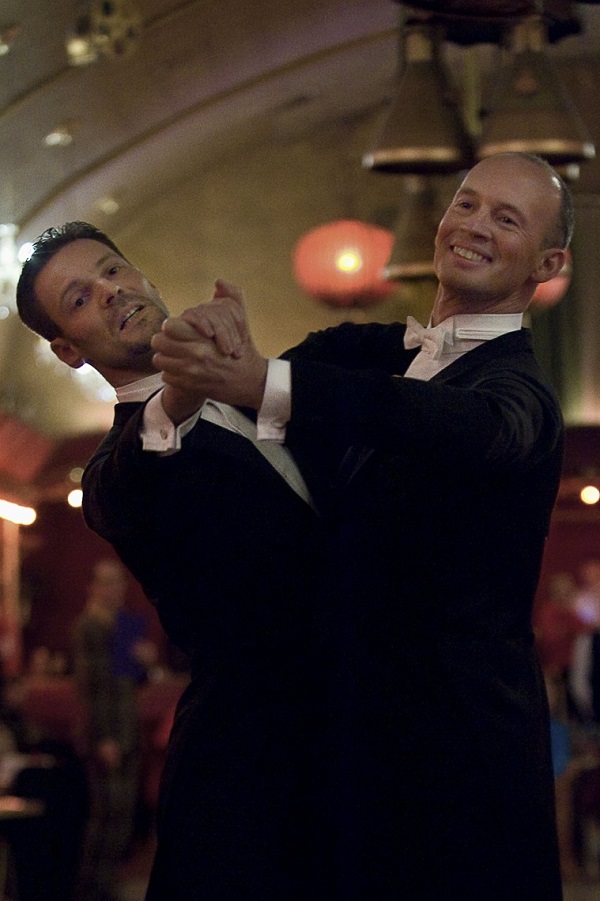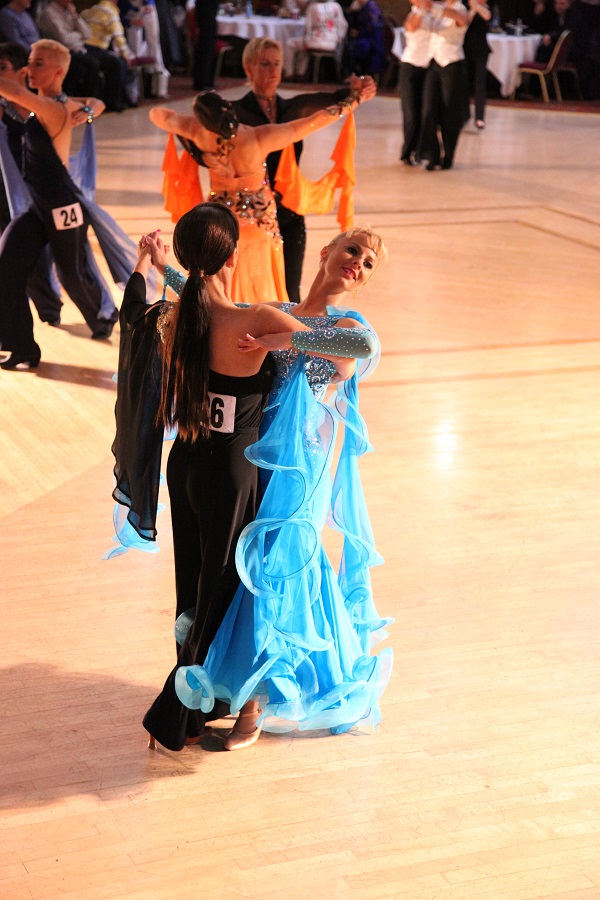Ballroom dancing, that most civilised of pastimes, may seem an unlikely target for controversy, but a proposed rule change by the British Dance Council (BDC) has thrust our nation’s waltzers into a heated debate. This weekend, the BDC will discuss whether or not to approve a suggested amendment declaring that a ballroom partnership be recognised as “one man and one lady in all adult amateur and professional competitions and championships unless otherwise stated”. That means no BDC-approved event would allow same-sex (male-male or female-female) dance couples to compete unless a competition promoter specifically decided to allow their inclusion.
The ruling, if voted through by the council, would essentially change the norm from all couples being equally welcome to only mixed-sex (male-female) couples being automatically accepted, with same-sex couples reduced to contacting promoters every time they want to enter in order to find out whether they’re eligible on this occasion. The BDC claims its policy shift is the result of some mixed-sex competitors expressing concerns about all-male couples having a physical advantage on the floor, and also argues that there are same-sex competitions which do not welcome mixed-sex competitors, so this amendment essentially redresses the balance. It asserts that it isn’t banning same-sex dancers, but simply excluding them from some categories, which it does not view as remotely problematic.
Same-sex dance is an emerging sub-culture with a relatively young history
This reasoning is at best naïve, at worst dangerously disingenuous. A key misconception, repeatedly stated by BDC president Bryan Allen, is that there are similar numbers of mainstream and same-sex competitions, so denying same-sex dancers access to the former is equivalent to denying mixed-sex dancers access to the latter. That is patently false. There are hundreds of mainstream events in the UK, from weekly local contests to prestigious championships at Blackpool Tower and the Royal Albert Hall, but just two annual same-sex competitions (one of which only began in 2012), originally created to give dancers a safe, friendly space free from discrimination and provocation.
This means that same-sex couples who want to compete more than twice a year must either enter mainstream competitions or devote serious time and money travelling to the few dozen same-sex competitions abroad – still far fewer globally than the numerous mainstream competitions in the UK alone. Same-sex dance is an emerging sub-culture with a relatively young history, and its competitions – though growing constantly in size and prestige – cannot currently be deemed fair equivalents with mainstream competitions, as Allen claims. (Pictured below, Alexandre Lewalle and John Church).

Should the BDC proceed with its rule change, and the result is an increase of competitions offering mixed-sex-only and all-comers categories, the only logical solution for the subsequent discriminatory problem would be competition promoters looking at entrant numbers and merging the two events if the all-comers is too sparse. That would ensure same-sex dancers are offered an equal opportunity to compete, but it’s a bizarrely circuitous way of arriving at the system we currently have, and suggests the amendment is ill-conceived and deeply flawed.
As for establishing a separate same-sex event within a mainstream competition, that would likely be just one category, rather than the huge variety of age and skill level categories offered in mixed-sex. This doesn’t just affect the few dancers who have recently migrated from same-sex to mainstream events; because of the dance world’s gender imbalance, university and medallist ballroom competitions already have a vast number of female-female couples (currently accounting for approximately 80 percent of ISTD medallist competition entrants).
If this rule change were approved, thousands of female dancers would have their choices dramatically limited, banned from the main categories and relegated to a few all-ladies events. If they were to stop dancing, as many would in those circumstances, they would stop boosting competitions and paying for lessons, social events, practice spaces and costumes, so the effects would be felt throughout the ballroom world. It’s also interesting to note that the BDC’s wording specifically cites “adult” events, avoiding the outcry from the vast numbers of girls who dance together in juvenile and junior competitions – and, of course, their irate parents.

However, this subversion is – and most likely will remain – a minority; the best dancers begin when they’re very young, and few children insist on challenging set gender roles or are certain of their sexual orientation. Given, therefore, that the inclusion of same-sex couples has very little effect on the ballroom world at large, other than offering a dash of rejuvenating variation and innovation, it’s curious that the BDC is taking a stand at all. Same-sex dancers aren’t seeking insurgency, but acceptance, and the enforced segregation implied in this rule change goes against the simple truth that dance reaches across boundaries and unites us.













Add comment